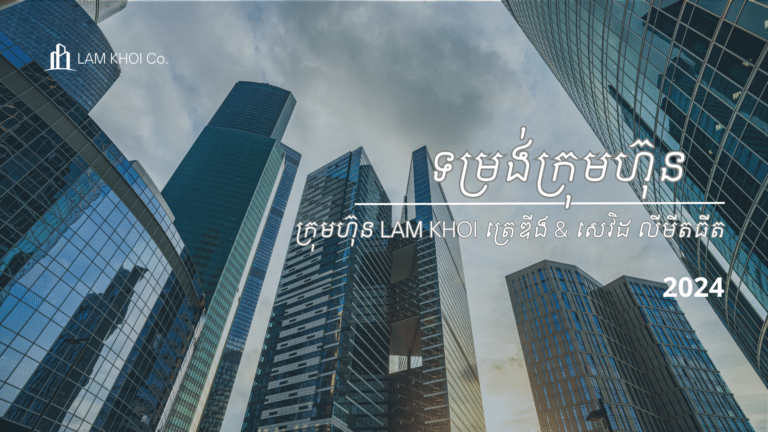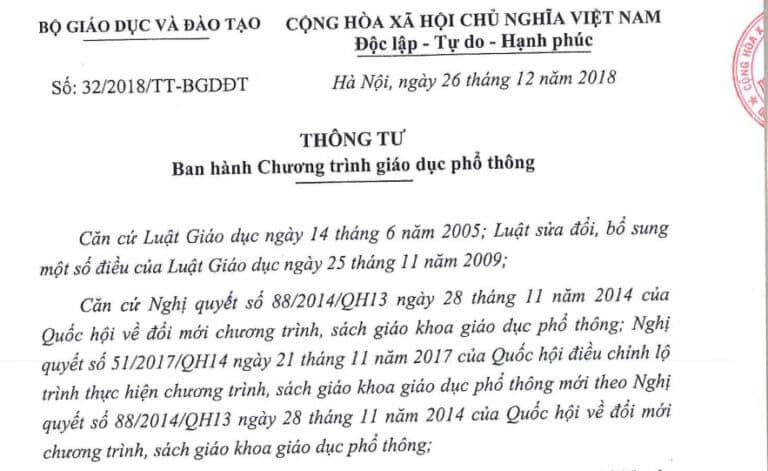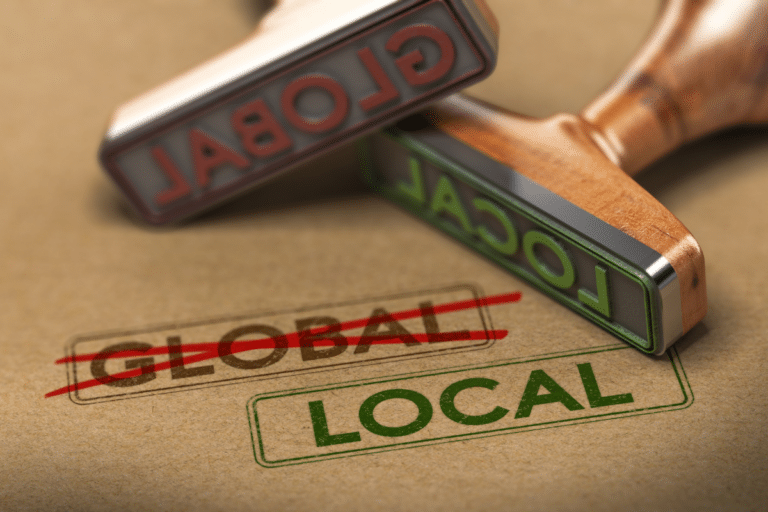Legal translation is a delicate art, requiring a deep understanding of both the source and target languages, as well as the legal systems they represent. In the context of Japanese legal documents, the challenges are manifold due to the intricacies of the Japanese legal language and the cultural nuances embedded within it.
Introduction
Understanding the significance of accurate legal translations is crucial in a globalized world where legal documents often transcend borders. Legal professionals rely on precise translations to ensure that contracts, agreements, and other legal texts maintain their intended meaning and legality across different languages and jurisdictions.
Challenges in Legal Translation
Legal translation poses unique challenges compared to general translation. The language used in legal documents is often dense, complex, and filled with technical terminology. When translating from Japanese to English or vice versa, these challenges are exacerbated by the inherent differences in legal systems and cultural contexts.
Nuances and Complexities in Legal Language
Legal language is known for its specificity and precision. Translators must navigate intricate sentence structures, archaic phrases, and a myriad of legal terms that may not have direct equivalents in the target language.
The Impact of Cultural Differences on Legal Terms
Cultural nuances play a significant role in legal language. Certain legal concepts in Japan may differ from those in Western countries. Translators must bridge these cultural gaps to ensure accurate and culturally sensitive translations.
Japanese Legal Terminology
Japanese legal language has its own set of complexities. Kanji characters, with their multiple meanings, add layers of interpretation. Understanding the historical and cultural context of legal terms is essential for an effective translation.
Unique Aspects of Japanese Legal Language
Japanese legal documents often incorporate traditional cultural elements and historical references. Translators need a deep understanding of the Japanese legal system and its historical development to accurately convey these nuances.
Common Challenges Faced by Translators
Translating legal documents from Japanese requires overcoming challenges such as ambiguity, multiple meanings of characters, and the necessity to preserve the hierarchical structure often present in Japanese writing.
The Role of Legal Translators
In the realm of legal translation, the role of certified and specialized translators cannot be overstated. These professionals possess the linguistic prowess and legal expertise required to navigate the complexities of legal language.
Importance of Certified and Specialized Translators
Certified translators are crucial for legal documents, ensuring that translations are accurate, reliable, and legally valid. Specialized knowledge in both legal and linguistic domains is essential for effective communication of legal concepts.
Ensuring Accuracy and Precision in Legal Translations
Precision is paramount in legal documents. Translators must meticulously ensure that each term is translated accurately, maintaining the intended legal significance without introducing errors or misinterpretations.
Key Considerations in Japanese Legal Documents
Navigating Japanese legal documents requires a focused understanding of specific clauses and terminology unique to the jurisdiction. Legal professionals involved in cross-border matters must be adept at recognizing and interpreting these elements.
Specific Clauses and Terminology
Japanese legal documents may contain clauses and terminology that are unfamiliar to those well-versed in Western legal systems. Translators need to provide clear explanations to ensure that the meaning is not lost in translation.
Navigating Differences in Legal Systems
Understanding the fundamental differences between the Japanese legal system and those of other countries is essential. This includes recognizing variations in court structures, legal procedures, and the overall approach to legal matters.
Technology in Legal Translation
The advent of technology has introduced various tools and software designed to aid in the translation process. While these tools can enhance efficiency, they must be used judiciously to complement, not replace, the expertise of human translators.
Overview of Translation Tools and Software
Translation tools such as CAT (Computer-Assisted Translation) tools can significantly speed up the translation process. However, they require careful handling to ensure that the nuances of legal language are accurately preserved.
Balancing Technology with Human Expertise
While technology can assist in routine tasks, legal translation demands the nuanced understanding that only human translators can provide. The ability to comprehend the intricacies of legal concepts, cultural nuances, and linguistic subtleties remains a distinctly human skill.
Certification and Accreditation
Certification is a crucial aspect of legal translation. Clients and legal professionals must be assured of the translator’s competence and adherence to professional standards.
Importance of Certified Translations
Certified translations carry legal weight and are often required for official documents. Certifications provide assurance that the translation accurately represents the original document, making it valid for legal and official purposes.
Recognized Certifications for Legal Translators
Different countries may have specific certifications for legal translators. Understanding the recognized certifications and ensuring that translators possess the requisite credentials is vital for maintaining the integrity of legal translations.
Legal Translation Best Practices
Successful legal translation involves a combination of research, preparation, and collaboration between translators and legal professionals.
Research and Preparation
Thorough research into the legal context, specific terminology, and cultural nuances is essential. Translators must be well-prepared to handle the intricacies of each document.
Collaborating with Legal Professionals
Effective communication between translators and legal professionals is key. Translators should seek clarification on ambiguous terms and ensure that the translated document aligns with the legal intent.
Case Studies
Examining real-world examples of successful legal translations provides valuable insights into the challenges faced and the strategies employed to overcome them.
Real-World Examples of Successful Legal Translations
Case studies highlight instances where accurate legal translations have played a pivotal role in facilitating international transactions, legal proceedings, and cross-cultural collaborations.
Lessons Learned from Challenging Cases
Analyzing challenging cases offers valuable lessons for legal translators. Understanding how to navigate complex legal scenarios enhances the translator’s ability to handle similar challenges in the future.
Cultural Sensitivity in Legal Translation
Cultural nuances significantly impact the interpretation of legal texts. Translators must be attuned to these nuances to avoid misunderstandings and ensure the accurate conveyance of legal concepts.
Addressing Cultural Nuances in Legal Documents
Translators should be sensitive to cultural differences and nuances, ensuring that the translated document is culturally appropriate and aligns with the expectations of the target audience.
Avoiding Misunderstandings in Cross-Cultural Contexts
Misinterpretations arising from cultural differences can have serious consequences in legal matters. Translators must exercise caution to avoid misunderstandings that could compromise the integrity of the legal document.
Tips for Efficient Legal Translation Projects
Efficiency in legal translation projects involves managing time effectively, meeting deadlines, and upholding confidentiality and security.
Time Management and Deadlines
Legal professionals often work under tight deadlines. Translators must manage their time efficiently to deliver accurate translations without compromising on quality.
Maintaining Confidentiality and Security
Legal documents are often sensitive and confidential. Translators must adhere to strict confidentiality standards to ensure the security of the information they handle.
The Future of Legal Translation
As technology continues to advance, the future of legal translation holds promising developments that can enhance the accuracy and efficiency of the translation process.
Emerging Trends in Legal Translation
Advancements in artificial intelligence and machine learning are poised to transform the landscape of legal translation. Understanding these trends can help translators stay ahead in an evolving industry.
Incorporating Artificial Intelligence in the Process
Artificial intelligence tools, such as natural language processing and machine translation, are becoming increasingly sophisticated. Translators can leverage these tools to streamline certain aspects of the translation process while maintaining a human touch.
Client Perspective: Hiring a Legal Translator
Clients seeking legal translation services must be informed about what to look for in a translator and avoid common pitfalls in the selection process.
What Clients Should Look for in a Legal Translator
Clients should prioritize certified translators with expertise in the relevant legal field. A track record of successful translations and adherence to professional standards are crucial considerations.
Common Mistakes to Avoid in the Selection Process
Avoiding common mistakes, such as overlooking certifications or selecting translators without specialized legal knowledge, is vital for ensuring the quality and accuracy of legal translations.
Educational Resources for Legal Translators
Continuous learning is essential in the ever-evolving field of legal translation. Various training programs and courses are available to enhance the skills and knowledge of legal translators.
Training Programs and Courses for Legal Translators
Dedicated training programs and courses provide legal translators with opportunities to deepen their understanding of legal language, stay updated on industry trends, and refine their translation skills.
Continuous Learning in the Evolving Field
Given the dynamic nature of the legal field, legal translators should actively seek opportunities for continuous learning to remain at the forefront of developments in both legal and linguistic domains.
Conclusion
In conclusion, navigating legal documents in the Japanese translation landscape requires a blend of linguistic expertise, legal acumen, and cultural sensitivity. Certified translators play a pivotal role in ensuring the accuracy and legality of translated documents, bridging the gap between legal systems and cultural contexts. As technology continues to advance, it is imperative for legal professionals and translators alike to stay informed about emerging trends and incorporate innovative tools judiciously.
FAQs
Yes, certified translators provide assurance of accuracy and legality, making the translated document valid for official and legal purposes.
Cultural nuances can significantly affect the interpretation of legal texts, requiring translators to be sensitive to cultural differences to avoid misunderstandings.
Different countries may have specific certifications. It's essential to be aware of and choose translators with recognized certifications in the relevant jurisdictions.
Clients should select translators who adhere to strict confidentiality standards and have secure processes in place to protect sensitive information.
Artificial intelligence tools can streamline certain aspects of the translation process, but human expertise remains crucial for maintaining accuracy and cultural sensitivity.













